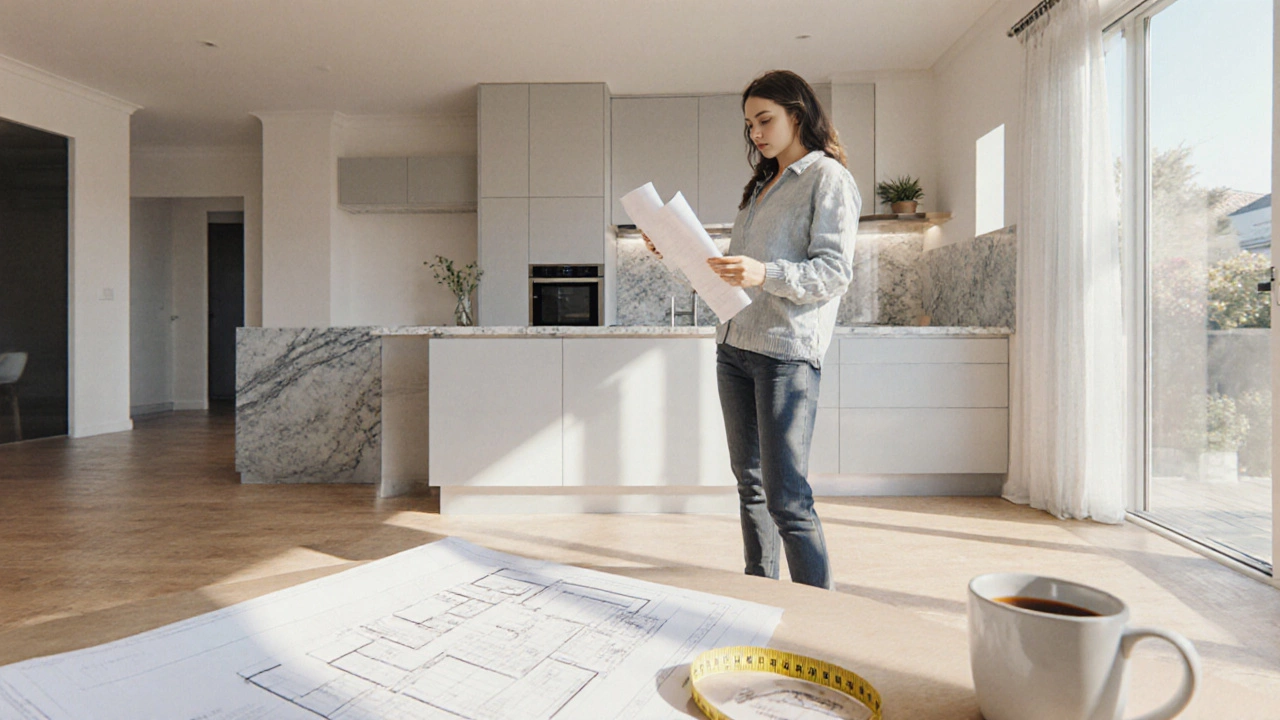Kitchen fitting cost – a realistic look at what you’ll pay
When planning a kitchen remodel, understanding Kitchen fitting cost, the total amount you spend to have a kitchen installed, covering labour, materials, waste removal and any specialist services. Also known as kitchen installation price, it is the key figure that decides whether your project stays on budget or blows up.
One of the biggest drivers is Cabinet installation, the process of fitting the cupboards, drawers and worktops that form the kitchen’s backbone. High‑quality cabinets cost more, but they also last longer and add resale value. Another critical piece is Countertop material, the surface you’ll use for food prep, ranging from affordable laminate to premium granite or quartz. The choice of material directly influences both the material price and the labour time required for cutting and sealing.
How labour, appliances and extras shape the final number
Labour rates are often the hidden component that surprises homeowners. Labour rates, the hourly or fixed fees charged by plumbers, electricians and carpenters vary by region and skill level. A seasoned installer may charge more per hour, but they finish faster and make fewer mistakes, which can actually save you money in the long run.
Don’t forget Appliance integration, the fitting of ovens, hobs, dishwashers and refrigerators into the kitchen layout. Proper integration ensures safe electrical connections and smooth workflow, but it also adds to both material and labour costs. Neglecting this step often leads to costly re‑works later.
Putting it together, kitchen fitting cost encompasses material choices, labour rates, cabinet installation, countertop material and appliance integration. It requires a balance of quality and budget, and each decision influences the next. For example, choosing a solid surface countertop may increase material cost but reduce the need for additional sealing labour.
Besides the main cost drivers, there are secondary factors that can swing the total price. Permit fees, waste disposal, and the need for structural adjustments (like moving a load‑bearing wall) add unexpected line items. Knowing these ahead of time helps you avoid sticker shock.
Now that you see how each piece fits, you’ll be better equipped to ask the right questions of contractors and compare quotes on a like‑for‑like basis. Below you’ll find a curated list of articles that break down each component in detail, from negotiating labour rates to picking the perfect countertop.

